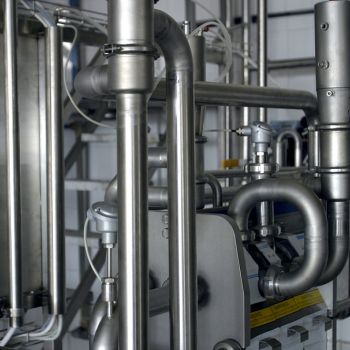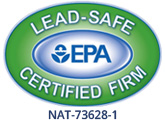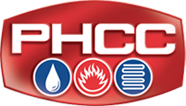Common Commercial Process Piping Issues
 Commercial process piping consists of pipes, regulators, valves and other components that are essential for transporting fluids, including chemicals, raw materials or waste in a large facility. Yet factors from design to materials and transport conditions can influence or disrupt the efficiency of these systems. Consider the following factors.
Commercial process piping consists of pipes, regulators, valves and other components that are essential for transporting fluids, including chemicals, raw materials or waste in a large facility. Yet factors from design to materials and transport conditions can influence or disrupt the efficiency of these systems. Consider the following factors.
Design and Compliance
In general, process piping adheres to standards laid out in ASME B31.3. Among design concerns, the system created must be durable enough for the application, including temperature and material to reduce accidents, downtime, failure and to also be accessible for maintenance and upgrades.
Regarding design and compliance, issues that arise generally involve:
- A facility or industry-wide process for installing and repairing process piping
- Quality control
- Establishing material and design requirements based on pressure, flow and temperature
- Minimizing the number of repairs needed
- Keeping tools between process piping systems standardized
Material Issues
Material affects how long the system will last, how much weight it can support and the substances it can come in contact with. Particularly, substances with corrosive properties will quickly erode a pipe from the interior, therefore a compatible material needs to be selected.
Along with corrosion, pipe material should be selected based on:
- The temperature of the material passing through the pipe, as well as of the surrounding environment.
- The pressure of the liquid passing through the pipe.
- How long a facility needs the process piping system to last. Ideally, the material gives you at least a decade of use.
- How often you’ll be using the pipes.
- Where the pipes will pass through, including through indoor or outdoor conditions. In general, long-term exposure to UV rays, salt water, extreme weather and temperature fluctuations increase risks for pipe damage.
- Long-term maintenance, including thoroughly inspecting the pipes and performing repairs as efficiently and accurately as possible.
Corrosion
Process piping is especially vulnerable to corrosion. These pipes transport thicker, often high-pressure substances that may be abrasive. If the wrong pipes are selected, your system risks developing one of the following conditions:
- Pitting Corrosion: When small, crater-like holes form in the metal. These pits start from the interior and gradually develop into leaks. With process piping, pitting is often uneven – concentrated in certain spots or in varying degrees of size. As such, leaks from a longer or wider pit appear obvious but smaller, pinhole-like corrosion can go unnoticed for longer.
- Crevice Corrosion: More likely to occur at connection points, poorly welded or fitted joints can mean liquid or the substance being transported gets stuck, accumulating in one spot. This more intensive degree of exposure can mean an abrasive or acidic pipe starts to erode the material until a large crack or hole forms. Unlike gradual, sometimes imperceptible pitting corrosion, crevice corrosion is frequently responsible for a cracked or blown-out pipe.
Do you need process piping installed in your facility? The experienced professionals at MJ Fahy & Sons can repair your existing system. Contact us today!




